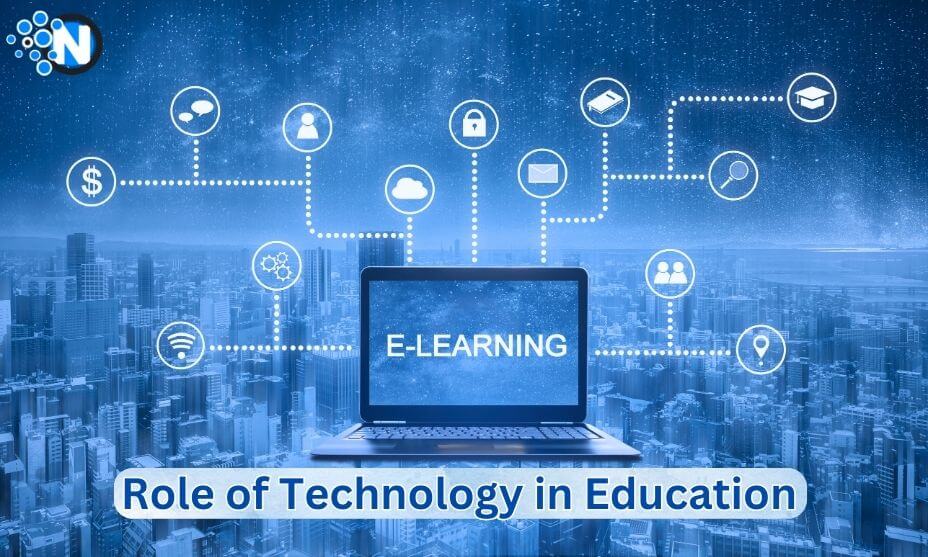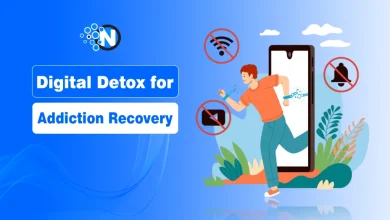The Role of Technology in Education

While previous generations grew up with outdoor baseball games, barbeques, and disco balls, today’s generation is growing up with technology. From the moment that children are born, they are surrounded by machines, and even when they leave the hospital, their homes are full of screens, tablets, and smartphones. Technology is a part of our children’s lives that is here to stay.
We, as a society, have recently learned that technology to included in the educational system. In particular, California charter schools have included technology as a major element of the charter school educational system.
Today, we will discuss the role of technology in education. As you’ll soon see, technology in education is much more useful than you might think.
What is Technology in Education?
The term “technology in education” describes the incorporation of several digital resources and applications into the classroom. It includes many different kinds of applications meant to make learning easier, like digital tools and websites.
Technology in the classroom allows students more access to knowledge, speeds up the learning process, and opens up more options for interaction. In the below section, some of the leading implementations of technology in education are given below,
Technology Makes Learning Engaging and Exciting
As mentioned, technology is something that today’s children are familiar with and comfortable with. Going into a school setting that only uses physical textbooks and chalkboards for teaching can be quite the culture shock for tech-savvy children. When we introduce technology into the educational setting, learning becomes more exciting and engaging for all students.
Students no longer dread a boring two-hour lecture during which they watch a teacher write on a chalkboard. Instead, they are excited to learn through educational videos and online activities. Technology allows children to be more engaged in learning instead of sitting back and aimlessly watching.
Technology Opens Doors for Enhanced Learning Opportunities
There are so many more ways to learn than reading a textbook or listening to a teacher. The integration of technology in education allows for game-based learning, a powerful educational tool. Through gamification, students are excited to learn content, and some games allow students to demonstrate innovation and critical thinking skills, which would not be demonstrated if children were just reading a textbook.
VR, or virtual reality, is another learning opportunity that has recently become feasible for California charter schools. Through VR, students can gain a completely immersive learning experience. This can be especially helpful for topics like history. VR allows students to feel like they are in that particular setting and learn through observing and interacting with their surroundings. Gamification and VR are two of many enhanced learning opportunities that technology provides.
Technology in Schools Increases Digital Literacy
With technology use becoming more prevalent in schools and the professional world, digital literacy is a must-have for most professional careers today. When children are familiar with using technology for school, they have higher digital literacy than students who do not use technology for school. This puts them far above the competition that did not use technology for school.
It’s one thing to know how to use technology for video games and social media, but it is a separate skill to know how to use technology academically and professionally. The digital literacy your child will acquire from using technology for school will benefit them for the rest of their lives.

Technology Allows Students to Learn at Their Own Pace
Sometimes the pace at which schools teach material can be too fast for your child, causing them to struggle to keep up with the material. At times, students might feel bored in class because they already know the content, while other times they may struggle to keep up and feel overwhelmed. Neither of these cases is good, but it can be challenging to formulate classrooms so that each student gets taught at the pace that best suits them.
This is where technology comes in; with technology in the educational system, students can learn at their own pace, whether faster or slower. This is just one of the reasons why California charter schools are growing in popularity. Students of these schools excel because they have the freedom to learn at their own pace. Students benefit from learning at their own pace, avoiding frustration caused by being pushed too fast or boredom from being held back.
Technology Digitizes Student Progress
Tracking student progress has never been simpler than it is today, thanks to technology. Digitizing students’ grades and progress can reveal patterns in their learning that help identify what’s holding them back or enabling them to excel. This personalized student view allows teachers to better cater to the students based on the progress they see. Technology helps make student progress easy to track and manage, allowing teachers to make informed decisions about their students.
We hope this article helped show you the critical role of technology in education. With the help of technology, the California charter school system and other charter schools adopting a technology-friendly learning environment are seeing students thrive in academics and other extracurricular activities. Technology will only become a more integral part of the educational system, and we are excited to see how it will continually benefit our children.
Conclusion:
Students now have access to a more dynamic and interesting learning environment because of the integration of technology in education. It captivates while improving critical thinking abilities due to technologies like gamification and virtual reality. Students gain an advantage in today’s competitive job market by developing their digital literacy.
Thanks to technological advancements, students can learn at their own speed, creating a more individualized classroom experience. Digitally recording student achievement allows for more efficient tracking, giving teachers more agency to personalize their approaches. California’s charter schools demonstrate the pivotal role of technology in creating a society where students thrive academically and in a tech-centric world.
FAQs:
Technology is vital in education as it provides students with the necessary tools and resources to learn. It also helps educators to deliver instruction and assess student learning effectively. Additionally, technology can help create a more engaging and interactive learning environment.
Some advantages of using technology in education include improved engagement and interaction, enhanced delivery of instruction, and more effective assessment of student learning. Additionally, technology can help create a more engaging and interactive learning environment.
Some disadvantages of using technology in education include the potential for distraction and cheating and the need for ongoing training and support. Additionally, technology can be expensive and may not always be available when needed.
Some tips for using technology in education include ensuring that it is properly integrated into instruction, providing adequate training and support for educators and students, and using it to enhance learning. Additionally, technology should be used in a way that is appropriate for the content and age group of the students.
Some trends in technology in education include using mobile devices, such as smartphones and tablets, for learning, integrating social media into instruction, and using cloud-based applications and services. Additionally, there is a trend towards using more open-source and freely available technology in education.




